Our topic of conversation this week was nuclear power and radioactive waste. This is a prevalent and challenging issue in France and all over the world. Nuclear waste is hazardous for the environment and people, and there is no way to recycle it or safely store it for long periods. So, this issue of nuclear waste has no definitive answer and is a highly controversial topic in most environmental and social arenas today. We had an intense debate of our own in class on a nuclear waste project, a deep geological disposal facility (the Cigéo project, or Industrial Centre for Geological Disposal). That is being pushed to essentially bury mass amounts of highly radioactive long-lived waste under the city of Bure, a city located about an hour away from Metz. We took sides as the government versus the citizens of Bure, and both sides made excellent points, proving how difficult it is to find a solution for the mass amounts of toxic waste that we are so carelessly producing. We also had Dr. Jean Paul Salvestrini, Adjunct Professor at the school of Electrical & Computer Engineering at Georgia Tech and Director of the Georgia Tech CNRS research Lab IRL 2958, join us as a guest speaker to explain a little more about the Cigéo project in Bure, how nuclear power works, and just how dangerous it can be. He presented his research on materials and how to monitor and anticipate the degradation of concreate (one of the main materials used to build radioactive waste storage shelters) due to its contact with clay. He pointed out that the materials’ robustness and corrosion resistance are not clearly demonstrated and are a risk in this project.
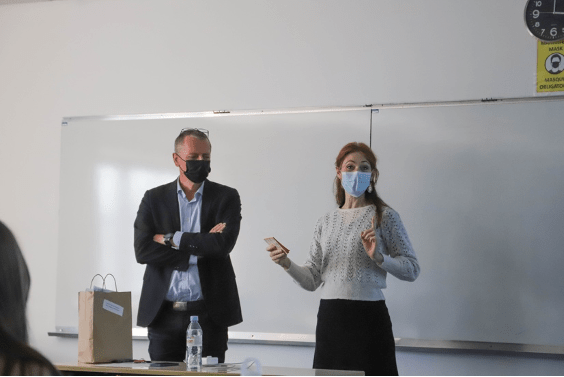
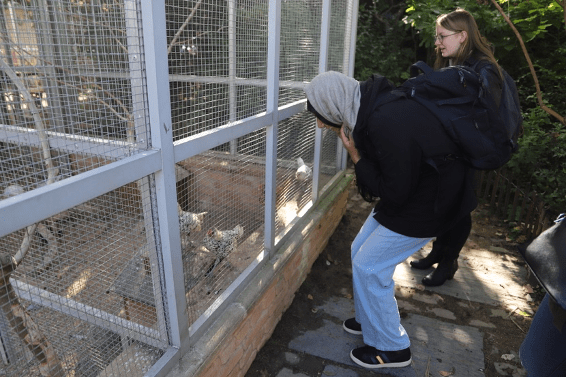
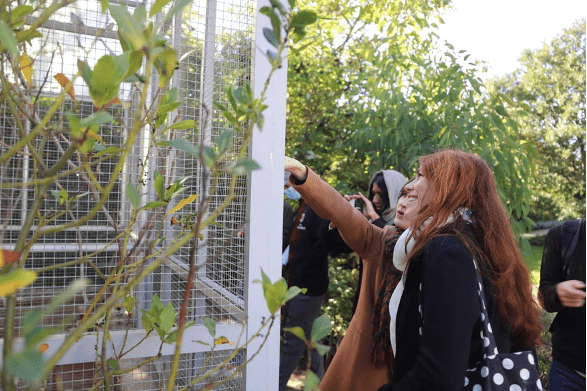
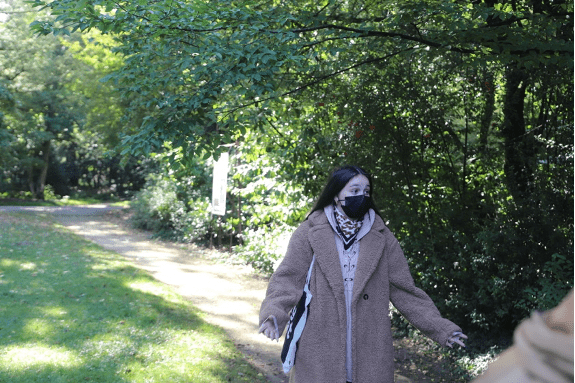
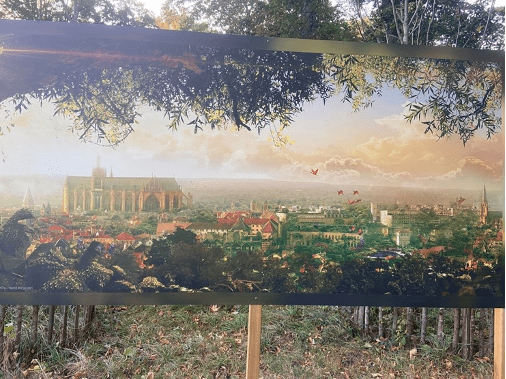
Our field trips of the week were to the exhibition “Hopes” and the Botanical gardens of Metz! The exhibition was a series of digital art renderings by writer Yannick Monget that depict how different places in the world will look due to climate change in the future. I thought the digital paintings were exceptionally creative, and some were much different from how I would’ve imagined. One of the most popular pieces among the class was the depiction of Metz (see Figure 5) for the way the city had been overtaken by nature to become a true Ville Verte (green city). At the botanical gardens, the graduate student and Program Assistant, Kara, gave us the grand tour explaining everything from Japanese trees to the different types of grain! As SLS program students, you would be correct to assume that we love galivanting through gardens and looking at plants, but we are also animal lovers, and the highlight of this garden was, hands down, the bird habitat. We all loved hearing Laura’s extensive knowledge of bird facts and stories of her two cute pet birds at home. We also got quite a hoot (pun intended!) out of the way the chickens loved our attention and seemingly posed for our photos. All this talk of animals makes me miss my pets at home a little extra. I don’t have any birds, but I do have two adorable dogs who I miss dearly and decided to Facetime this week to check in on; they said they miss me, of course! For those of you that are home with your pets, give them an extra hug (or pet) for us this week, and until we are home, we will keep visiting the local animals of Metz to get our fill of furry friends!
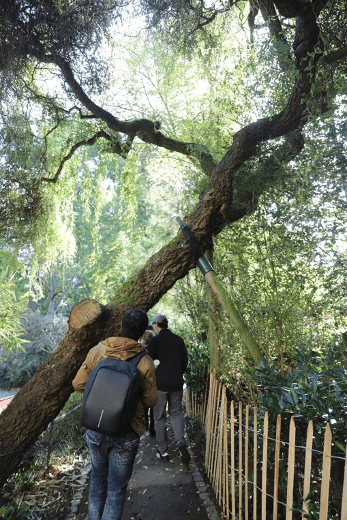
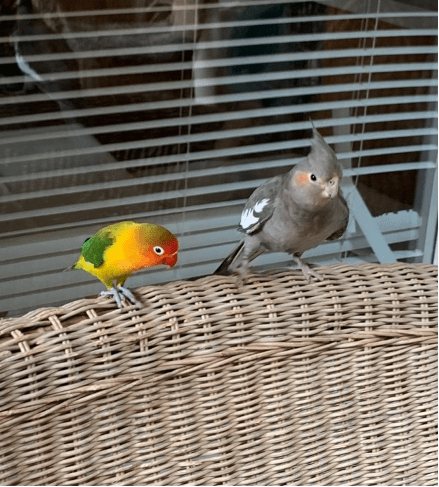

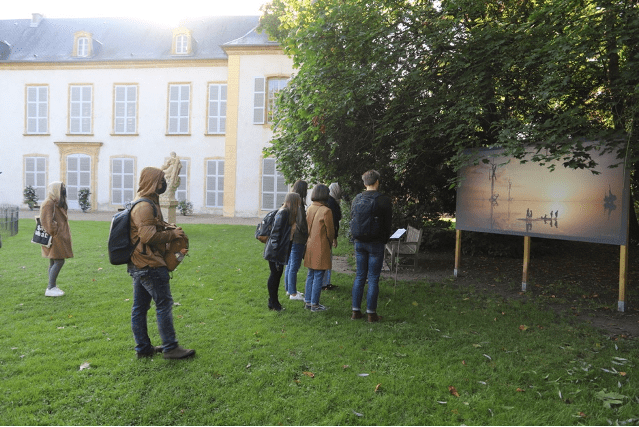

Finally, this week we began the “serve” section of the Serve, Learn, Sustain program! For this part of the program, we get to put all the knowledge we have gained thus far into action by volunteering with the organizations we have met through our field trips with the class. The organizations I am most interested in working with are Un Jardin Pour 2 Mains¹, The Institut Européen d’Écologie (specifically with their Cinemaplanete film festival) ², the Oppidum³, and Motris. Motris is a new organization that came to talk to us this week along with Club UNESCO. Motris is an organization that is sparking an initiative to plant trees in the city of Metz. Their goal is to create urban forests in the heart of metropolis Metz by planting 10,000 trees. I am so excited to be a part of this project! Earlier in the semester, we read a story called L’Homme qui plantait des arbres (The man who planted trees, by French writer Jean Giono), and it was a beautiful tale of one man who changed an entire valley by dedicating his life to planting trees. The story started in a harsh, barren land where the people were savages, and by the end of the story (and the man’s life), it was a beautiful, thriving area because the valley, once a desert, had turned into an immense green forest. The tale perfectly depicted how one seemingly simple action and a heart for change can be the difference between life and death. The story inspired me, so to have the opportunity to put it into action feels so symbolic and memorable. Plus, I have always been somewhat of a tree hugger, and when I was young, I collected my apple seeds with the hope that I might be able to grow a tree one day. Now, I can do so, and I am so excited!
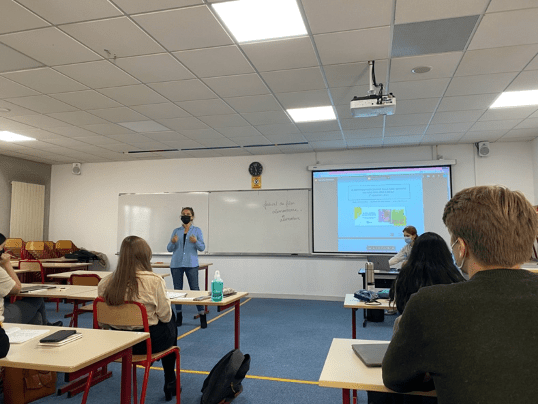
1 Explained in Biodomes, a Meatless Cow, and a Lovely Picnic
2 Explained in Toxic Gardens, Marvel Movies & the Seaside